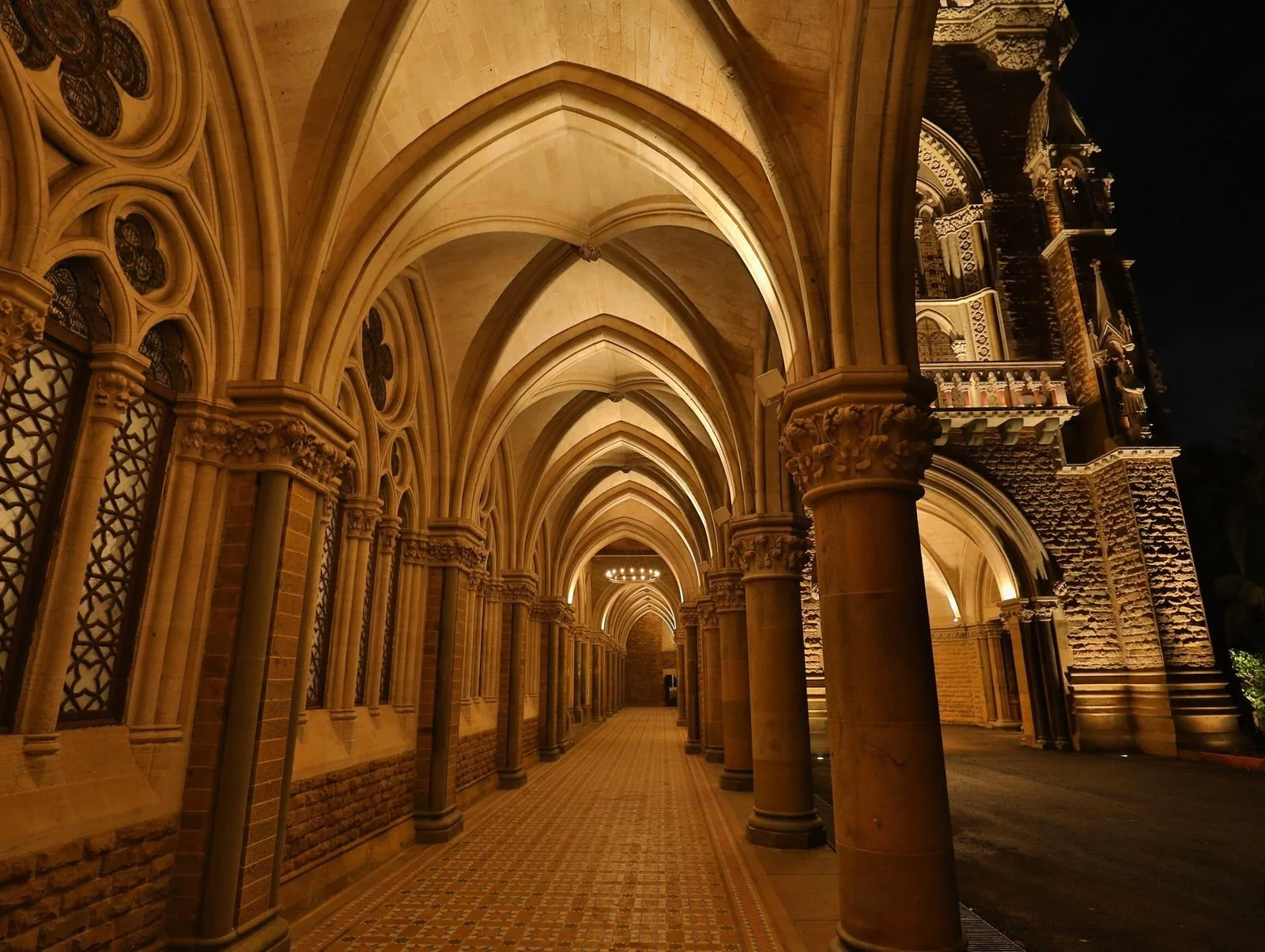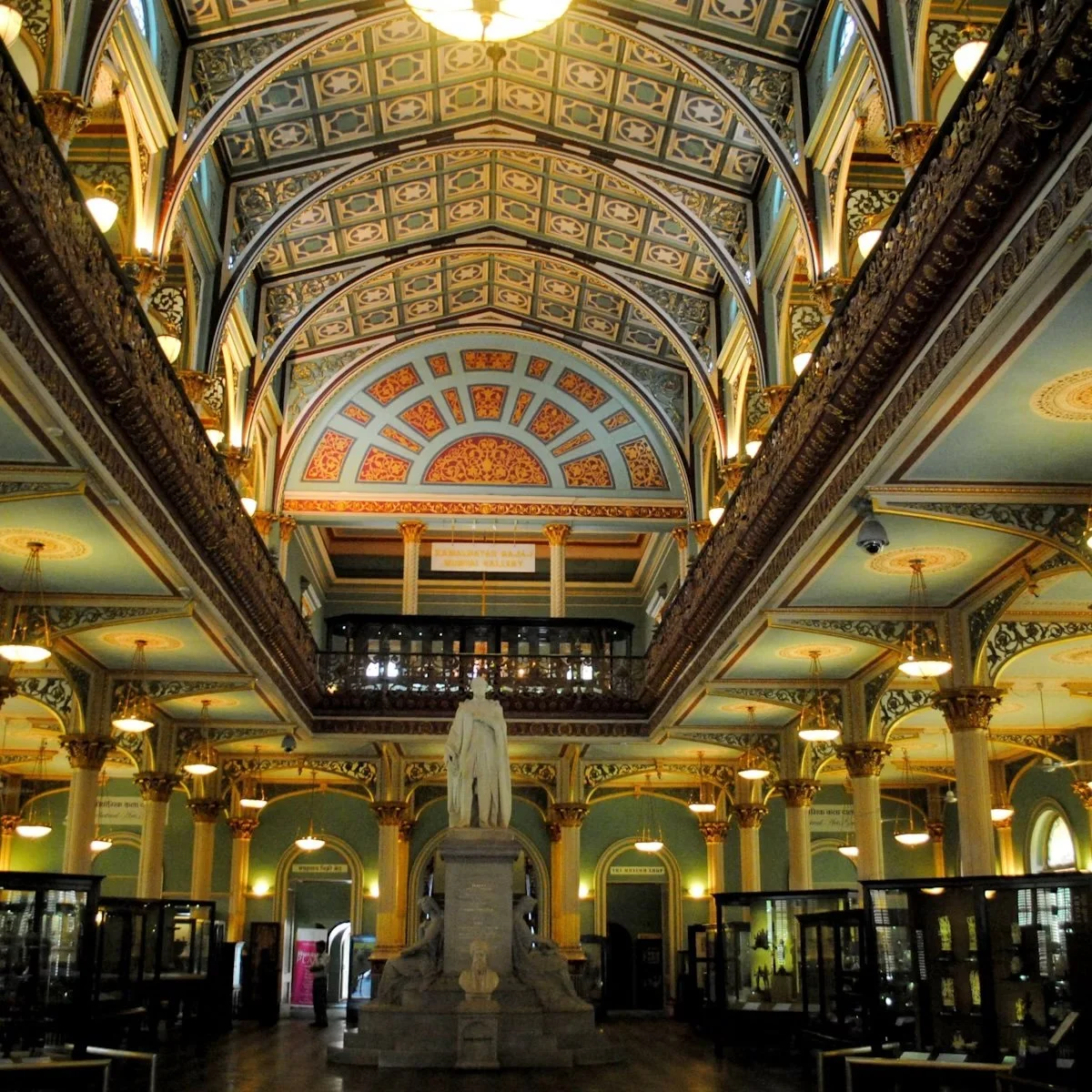Rajabai Clock Tower - Mumbai’s Gothic Gem & UNESCO Heritage Site
*Weekends with Mumbai*
Standing tall within the Fort precinct of South Mumbai, the Rajabai Clock Tower is one of the city’s most iconic landmarks. More than just a clock tower, it is a blend of history, philanthropy, architecture, and colonial-era grandeur that goes on to capture the imagination of visitors today.
A Brief History of Rajabai Tower
The Rajabai Tower was constructed between 1869 and 1878 during the height of the British Raj, a time when Mumbai (then Bombay) was rapidly transforming into a major commercial hub. The project was spearheaded by Sir George Gilbert Scott, a celebrated British architect, whose works included the Albert Memorial in London and several important Gothic Revival structures.
The construction was made possible through the generous funding of Premchand Roychand, a prosperous stockbroker and founder of the Bombay Stock Exchange. Roychand donated a staggering ₹2 lakh at the time – a massive sum – to ensure the project’s completion. His only request was that the tower be named after his mother, Rajabai.
Why the Name “Rajabai”?
Rajabai, the mother of Premchand Roychand, was a deeply religious woman who followed strict Jain traditions. Jain customs required her to have meals before sunset, and being visually impaired, she struggled to keep track of time. The construction of a clock tower that would chime at regular intervals helped her observe her traditions with ease. The tower, therefore, is not just a grand architectural feat, but also a deeply personal gesture of filial devotion.
Architectural Splendor
Rajabai Tower is a masterful example of Venetian-Gothic architecture, a style that marries the pointed arches and spires of Gothic design with ornate detailing reminiscent of Venice.
Height & Structure: At 85 meters (280 feet) tall, the tower was once the tallest building in Mumbai.
Material: It is built using locally sourced Kurla stone and features stained glass windows that add vibrancy to its interiors.
Design Elements: The tower boasts intricate sculptures, decorative gargoyles, finely carved figures, and detailed motifs, all of which make it stand out against the colonial buildings of the Fort area.
Clock & Chimes: The clock once played 16 different tunes, including “Rule Britannia” and “Auld Lang Syne,” although the mechanism has undergone changes over time.
The design was heavily influenced by Big Ben in London, with the tower serving as a symbol of Mumbai’s growing global prominence in the 19th century.
The Tower Today
Today, Rajabai Tower is part of the University of Mumbai campus and is surrounded by other historic buildings like the Mumbai High Court and the David Sassoon Library. Over the years, the tower fell into disrepair, but extensive conservation efforts were carried out by the Indian Heritage Society and JSW Foundation, leading to its restoration in the early 2010s.
The tower is now recognised as a UNESCO World Heritage Site under the Victorian Gothic and Art Deco Ensemble of Mumbai, reaffirming its global cultural significance.
What to Look for When You Visit
If you’re planning a visit to Rajabai Tower, here are some highlights to pay attention to:
The Tower’s Facade: Walk around the structure to appreciate its carvings, pointed arches, and Gothic detailing.
Stained Glass Windows: Though entry inside the tower is restricted, you can glimpse the brilliance of its stained glass from the exterior windows.
University Buildings: The adjoining University of Mumbai complex is equally breathtaking, with an elaborate Gothic design that makes the area feel like a slice of Victorian England in India.
Surrounding Landmarks: Don’t miss the nearby Oval Maidan, which offers the perfect vantage point to capture the tower in your photographs.
Why Rajabai Tower Still Matters
Rajabai Tower is more than an architectural marvel – it is a story of faith, family, and Mumbai’s cosmopolitan growth during the colonial era. For locals, it remains a symbol of the city’s heritage. For travellers, it’s an opportunity to step back into the 19th century, when Bombay was transforming into a bustling global city.
Its presence reminds us of how architecture can embody both personal devotion and collective history, making it an essential stop for anyone exploring Mumbai’s cultural and architectural legacy.
Final Travel Tips
Best Time to Visit: Late afternoon, when the golden light illuminates the tower’s Gothic façade.
Photography Tip: Capture the tower from Oval Maidan for a full view, especially during sunset.
Nearest Landmarks: Combine your visit with a tour of the Mumbai High Court, Flora Fountain, and Gateway of India for a complete colonial architecture trail.
Rajabai Tower isn’t just a clock tower—it’s a living monument to Mumbai’s layered history and a must-visit for any traveller eager to experience the city’s unique architectural heritage.




